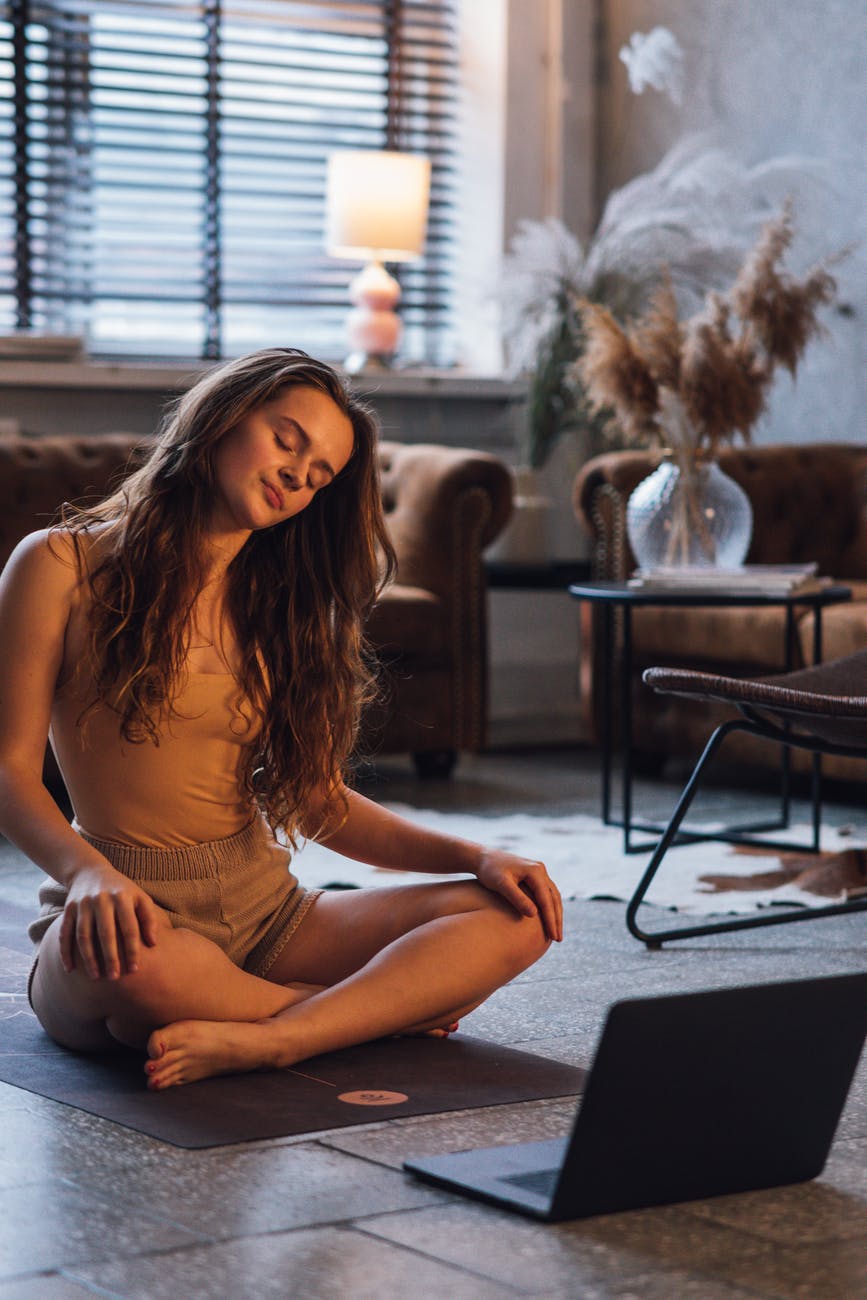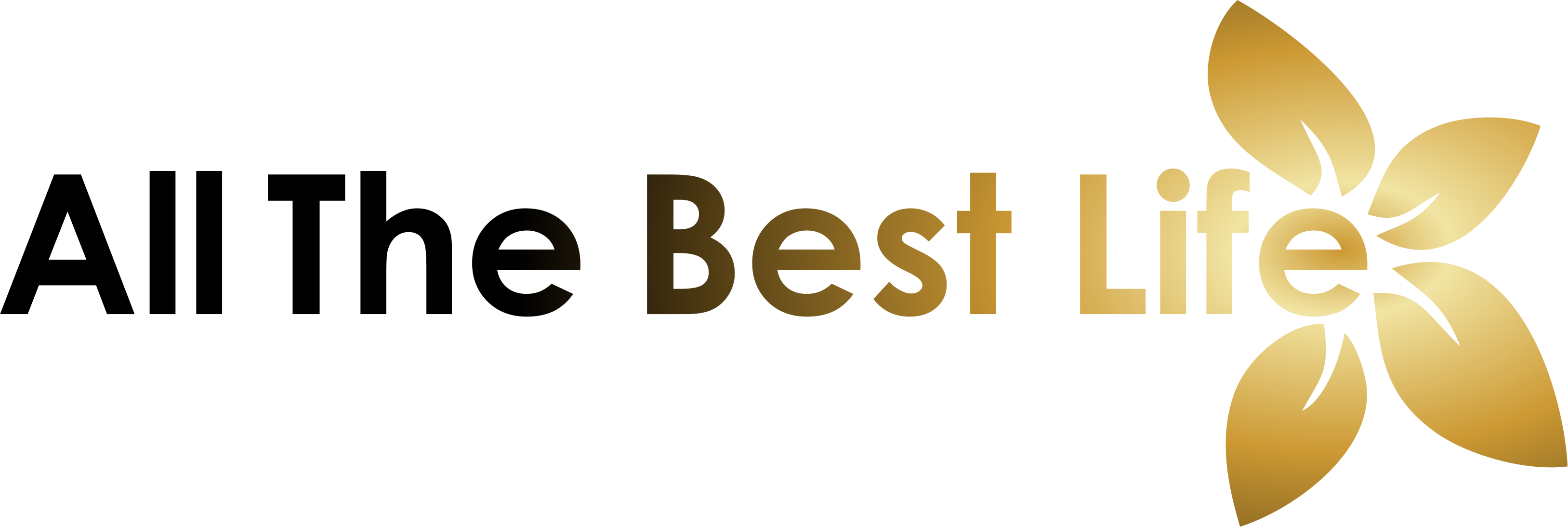
I typically meditate first thing in the morning and a short yoga sequence helps me shake off sleepiness before I settle into meditation. This is just one sequence that I love to do before meditating and it only takes a few minutes. This one hits all of the spots to prepare you for a more comfortable meditation — you open the shoulders and chest, bring some heat and fluidity to the hips and hamstrings, and stretch the side body.
The Best Meditation Positions To Try
The Best Meditation Positions To Try
Sitting position
Meditating cross-legged is an excellent option for those with open hips and no joint problems. Sitting with crossed legs is symmetrical, secure, feels grounding, and allows for an unrestricted flow of prana throughout the body. There are several different variations of crossed-legged positions to suit different body types. For additional lower back support, consider leaning against a wall or a cushion, or extending your legs out in front of you; while this can be regarded as disrespectful toward a teacher or deity in some cultures, it’s perfectly acceptable in your own practice.
Kneeling position
If you prefer to sit on the ground, but crossed legs are causing discomfort, kneeling in Hero pose is another possibility for a grounding meditation seat that lengthens the spine. Either sit back on your heels or add cushions underneath your sit bones to help alleviate weight-bearing stress on your lower body. You can also find a kneeling posture using a yoga block, bolster, meditation pillow or meditation bench.
Child’s pose
Child’s pose (also known as Balasana), centres on creating a moment of rest, reminding us of the need to pause one’s action so as to differentiate between being active and passive. It involves bending yourself whilst sitting on your knees, reaching with your hands extended on the mat, head facing down. Some may find this pose difficult or uncomfortable at first.
Plank position
Plank Pose, also known as Kumbhakasana, is an arm balancing pose that tones the abdominal muscles while strengthening the arms and the spine. Plank Pose tones all of the core muscles of the body, including the abdomen, chest, and lower back. It strengthens the arms, wrists, and shoulders, and is often used to prepare the body for more challenging arm balances.


